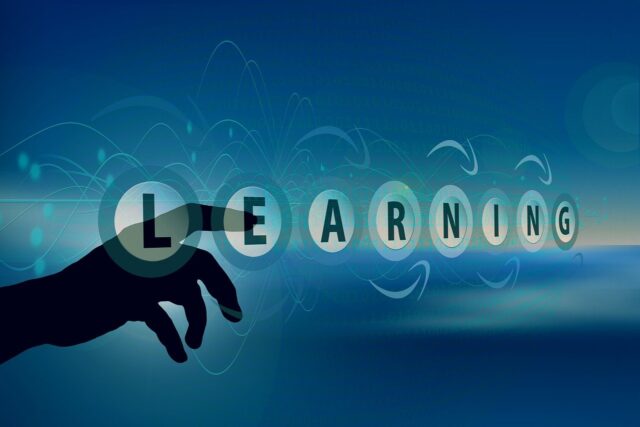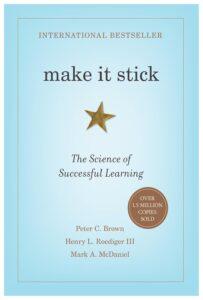Netflix hours has become a staple of relaxation, but what if you could swap a few binge hours for learning something new? Microlearning creates vast opportunities to use your time more effectively without feeling overwhelmed. It’s perfect for busy schedules, letting you learn in small, manageable chunks. Here’s a detailed guide to help you understand and implement this shift.
What is Microlearning?
Instead of hours-long lectures, Microlearning is all about short, focused lessons, it uses bite-sized content like videos, quizzes, and interactive tools. Each session typically lasts 5–15 minutes. The goal is simple: provide knowledge or skills in a compact format that fits into your routine.
—————-Recommendations, Please continue reading below—————- 
Highly rated daily-life products at low prices Shop Now
From bedding to office furniture and supplies, from kitchen accessories to health & fitness, from storage to travel bags, the amazon basics provides hundreds of daily use products at amazingly low prices with having highly rated consumers feedback. Click here to learn more >>>
For example:
- Watching a TED-Ed video while waiting for coffee to brew.
- Completing a Duolingo lesson on your commute.
- Taking a quick coding quiz during a Netflix ad break (if you’re still on the ad-supported plan).

Why Switch Netflix Hours to Microlearning?
- Maximizing Time
Streaming for hours is fun but doesn’t give much back. Dedicate just 30 minutes to microlearning daily, and you could:- Learn a new language.
- Pick up programming basics.
- Develop better communication skills.
Platforms like Coursera, Khan Academy, and Skillshare have courses tailored to your pace and interests.
- Improved Knowledge Retention
Studies show microlearning improves retention by up to 80%. Small lessons are easier to remember, especially when reinforced with activities like quizzes. - Flexibility
Like Netflix, microlearning is available on-demand. Open your favorite app anytime and start learning—no fixed schedules.
 Make It Stick: The Science of Successful Learning
Make It Stick: The Science of Successful Learning
Are you tired of forgetting what you learn? This groundbreaking book, based on the latest research in cognitive science, offers powerful strategies to boost memory and learning.
To most of us, learning something “the hard way” means wasted time and effort. Good teaching, many believe, should be tailored to the different learning styles of students and should use strategies that make learning easier. Make It Stick turns fashionable ideas like these on their head. Drawing on recent discoveries in cognitive psychology and a ten-year collaboration among some of the world’s leading experts on human learning and memory, the authors explain what really drives successful learning. With clear, real-world examples, they show how we can confidently hone our skills and learn more effectively.
Trending in Microlearning (2024)
These trends are reshaping how people engage with bite-sized learning:
- Gamification: Quizzes, badges, and leaderboards keep learning fun and competitive.
- AI Personalization: Platforms like Duolingo now use AI to tailor lessons based on what you already know and need to learn.
- Mobile-First Learning: Microlearning fits perfectly with smartphones, allowing you to learn on the go.
Benefits of Microlearning
- Higher Completion Rates: Courses designed for short attention spans boast 70–80% completion rates. Compare this with traditional e-learning’s 20–30%.
- Affordable Options: Many apps are free or low-cost, making learning accessible to everyone.
- Engagement: Interactive tools, like videos and exercises, keep you involved without feeling like “work.”
Challenges to Consider
While microlearning is effective, it’s not perfect:
- Oversimplification: Some topics, like advanced calculus or detailed business strategies, may need deeper dives than microlearning allows.
- Dependence on Technology: If you don’t have reliable internet, access could be an issue.
- Consistency: Unlike streaming, learning requires active effort and motivation.
How to Start Replacing Netflix with Microlearning
- Set Clear Goals
Decide what you want to learn. Is it a new skill, professional development, or just general knowledge? - Pick the Right Platform
- For Languages: Duolingo or Rosetta Stone.
- For Creative Skills: Skillshare or Canva tutorials.
- For General Knowledge: TED-Ed or Khan Academy.
- Create a Schedule
Allocate a portion of your Netflix time to learning. For example, if you usually watch for 3 hours, dedicate 30 minutes to microlearning.
Future of Microlearning
The rise of AI and gamified learning promises exciting possibilities. Virtual Reality (VR) microlearning could make lessons even more engaging. Imagine learning history through a VR experience where you “visit” ancient civilizations.
FAQs About Replacing Netflix with Microlearning
Q: Can I still enjoy Netflix and do microlearning?
A: Absolutely! The goal isn’t to eliminate Netflix but to balance it with productive habits.
Q: Are microlearning platforms expensive?
A: Many are free or offer affordable options. For instance, Duolingo is free, and Coursera offers free courses alongside paid certifications.
Q: How soon can I see results?
A: You’ll notice progress quickly with consistent effort, often within a week or two.
Final Thoughts
Swapping some of your Netflix time for microlearning doesn’t mean giving up entertainment—it’s about adding value to your leisure. With short, engaging lessons, you can turn idle time into opportunities for growth. Even 30 minutes daily can lead to remarkable personal and professional gains. So, why not try it out?
Now loading...






